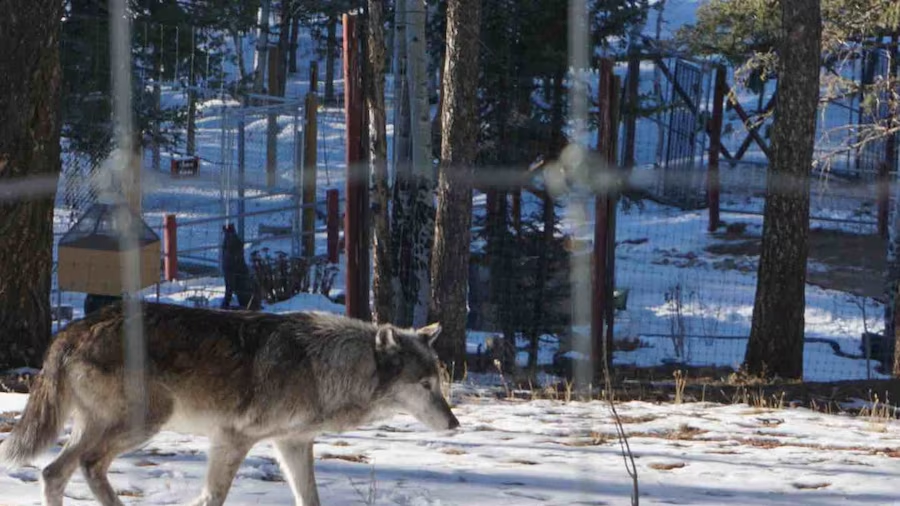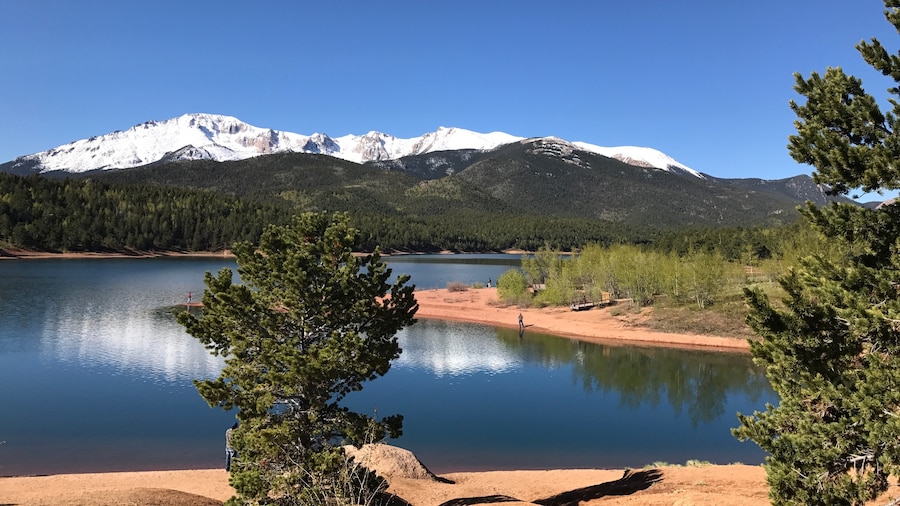Learn about prehistoric eras through the small fossilized clues left inside ancient trees and plants. Go into the field to try and find your own fossils.
Discover the fossilized remains of insects, leaves and fish at the Florissant Fossil Bed National Monument. The large protected area is known for the abundance and diversity of its fossil deposits.
Most of the fossils are approximately 34 million years old, from a time when the monument was a 12-mile (19-kilometer) long lake. A series of volcanic eruptions at the time wiped out life and filled in the lake.
Start your prehistoric journey at the visitor center to get a detailed idea of what the site has to offer. Browse the center’s fossil exhibits, the only place at the monument to see ancient remains of insects and leaves. Look at the displays that explain the area’s geology. Watch the 14-minute orientation film to learn how fossils are formed or go to the amphitheater to listen to a ranger explain the process.
Head outside for one of the self-guided trails. See massive petrified Redwood stumps on the Petrified Forest Walk. They can also be seen in the outside exhibition area. Take the short wheelchair accessible loop trail through a modern pine forest. The Florissant Fossil Bed National Monument also has an additional 14 miles (23 kilometers) of trails.
If you are in the area during winter, go snowshoeing or cross-country skiing through the monument. You will need to bring your own equipment.
Glean more insights into the park and its history by joining one of the ranger-guided tours. They are conducted between June 1 and Labor Day, the first Monday in September. They include a tour of the 1878 Hornbek Homestead and visit to a field laboratory. Here you can search for fossils using a microscope and other equipment. Tours are dependent on staff availability so it is a good idea to call ahead and check first.
The park is open every day except Thanksgiving, Christmas and New Year's Days, and there is a small admission fee.
The Florissant Fossil Bed National Monument is 35 miles (56 kilometers) west of Colorado Springs. Park in the free parking areas where you will find picnic tables and barbecue grills.









